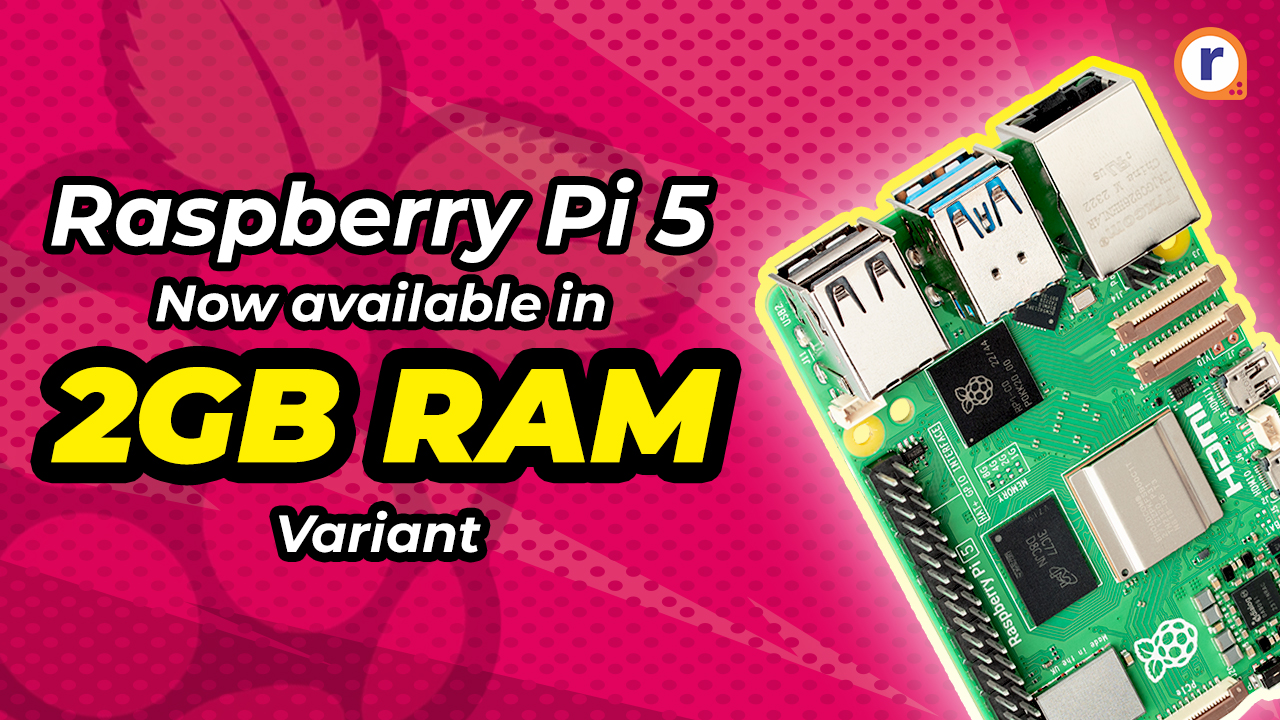In this article, we are going to learn about the required components of an E-bike.

There are various types of components required to make an e-bike. The basic required e-bike components are the motor, controller, battery, throttle, brake, and mechanical Components.
In this article, we are going to learn about the use of each e-bike component in detail.
E-bike Components:
E-bike Motor
Electric bike motors are available in a wide variety of power ratings, starting from 200W to 1000W or more. A higher wattage rating means that the E-bike will be able to handle more torque with greater ease, but it requires more battery capacity to operate. Consequently, a 500W motor will drain the battery much quicker than a 250W motor, but it will be more powerful.
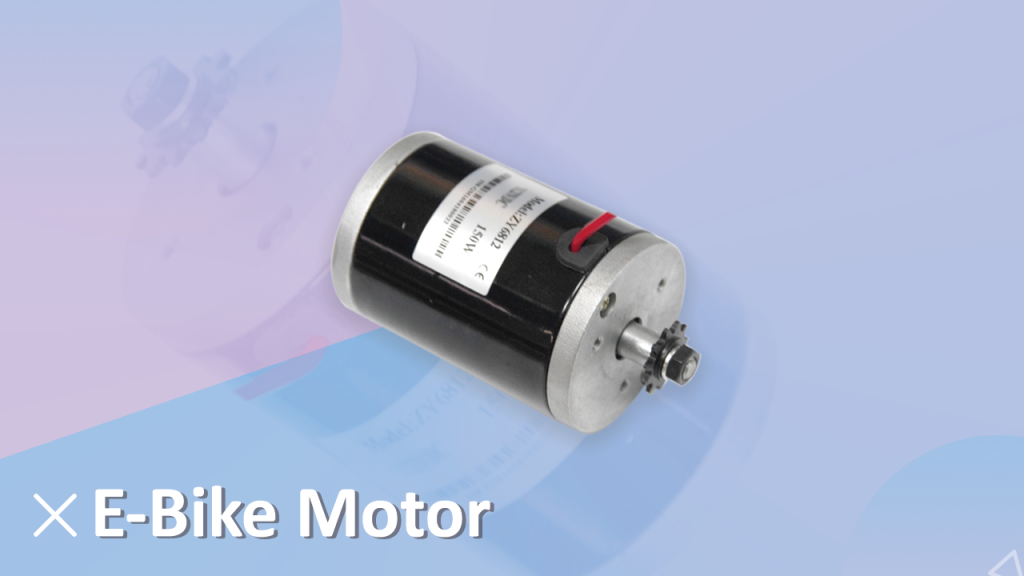
The electric motor converts electrical energy from the battery into mechanical power to operate the bike. Also, the design and location of the motor play an important role in the operation of electric bikes.
It uses brushed motors or brushless motors, but the most common type of motor for electric bikes is a hub motor. Generally, it is integrated into the rear or front wheel of the bicycle. When operated, it pulls or pushes the wheel along. However, this system works well as it is not connected to the bike's gears, so efficiency will be lower on hills and varied terrain.
As the E-bike works with one gear, it won't give you the optimum amount of torque or speed that you get with a full gear range.
E-bike Battery
The battery is the most expensive part of the e-bike that powers an electric bicycle. In the early days, e-bikes used lead-acid, nickel-cadmium, or NiMH batteries, but modern electric bikes use lithium-ion batteries only.
The reason behind this is that lithium-ion batteries are lighter, more powerful, more reliable, and have an increasingly long cycle life. The cells used in a modern lithium-ion battery are 8–10 times lighter than the lead batteries of yesteryear, and with the use of proper precaution, they can be expected to provide well over 5–6 years of regular use.
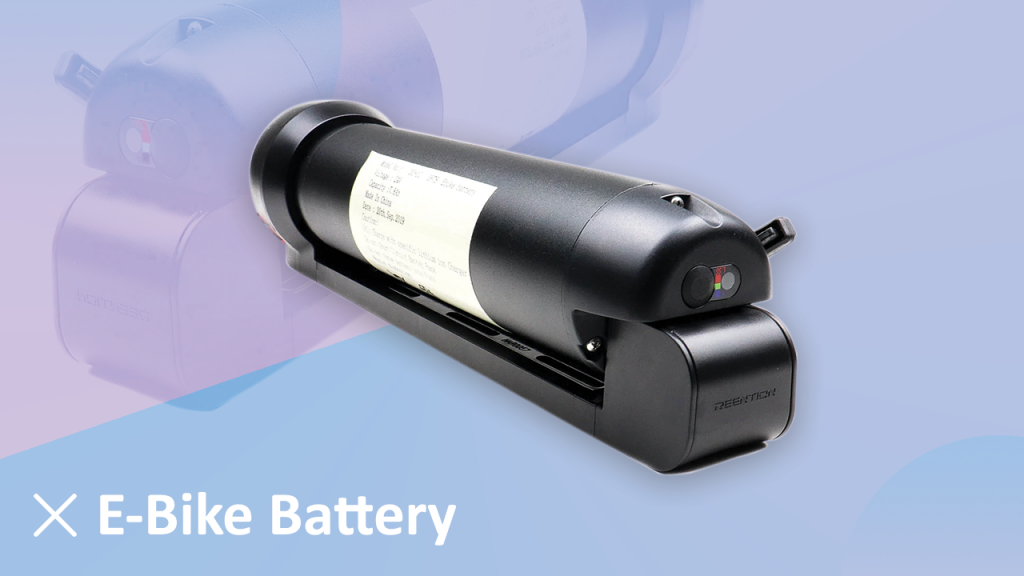
Lithium-ion battery packs are made up of many smaller lithium cells connected together in series and parallel. It determines the voltage and capacity (amp-hours or Ah) of the battery pack. Most E-bike batteries are made for either 36 volts or 48 volts, but you will also see that E-bike battery packs are available in the range of 24 volts to 72 volts. While lithium-ion cells are made in many shapes, sizes, and brands like Panasonic, Sony, Samsung, LG, Orange, etc.
Generally, it comes in a cylindrical format. These cells have a better safety and reliability record than generic cells. In addition to the cells, lithium-ion batteries also require a Battery Management System (BMS), which monitors the voltage of each cell and activates cut-offs so the battery will not be overcharged or over-discharged.
E-bike Motor Controller
The motor controller is an essential part of the E-bike, which requires controlling the E-bike motor. Most of the E-bike motors are brushless and have three wires. The brushless motor can't spin without this alternating current.

The motor controller converts the incoming DC voltage into three-phase alternating current for the motor windings.
It can continuously adjust the voltage proving to the motor from 0V up to the full battery pack voltage, according to the user's throttle signal, pedal sensors, and various current limits.
For ease of use, the controller is located on the handlebar. There are two main styles of controllers: pedal-activated controllers and throttle-based controllers.
Pedal-activated controllers offer electric assistance as you press down on the pedals. In pedal-activated systems, a controller is mounted on the handlebar so that you can adjust the level of assistance as per your pedaling.
Throttle-based controllers work with a simple throttle mechanism. It works as a potentiometer. The throttle can be either a twist-grip type or a thumb-press type. With a throttle, you can pull back or press the throttle to receive electric assistance.
E-bike Throttle
Throttle is used to control the full amount of power coming from the electric motor at any given time. Almost all motor controllers have a throttle input plug.
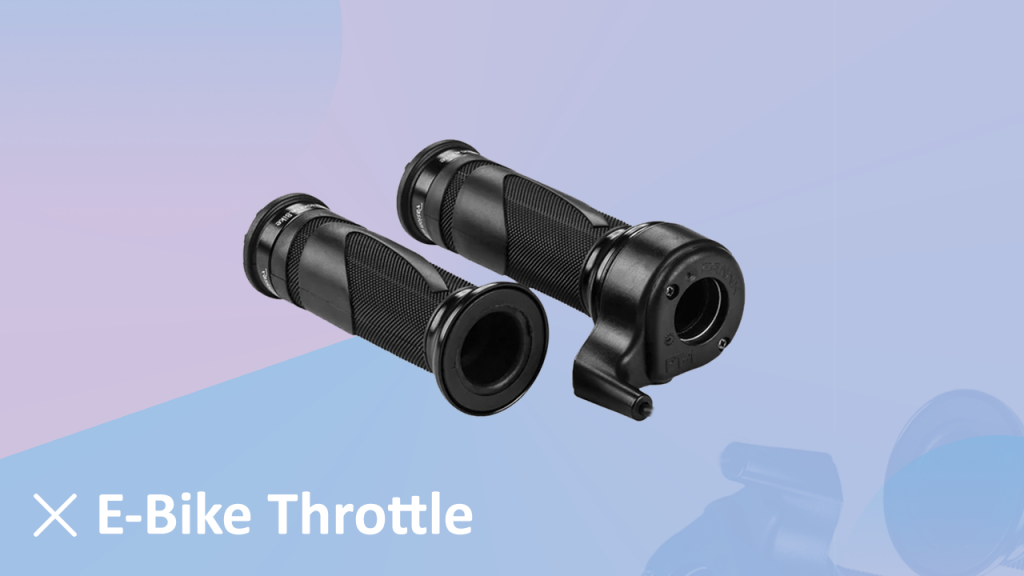
Generally, all throttles use hall sensors and a magnet to detect the throttle position. They provide 0.8–0.9V when the throttle is off and rise to 3.6-4V as the throttle is operated.
The two most common throttles used in e-bikes are thumb or lever throttles. Thumb-press throttles work by pressing a thumb against a paddle, whereas twist-grip throttles work by turning the handgrip.
E-bike Brake or E-brake
An E-brake sensor is an optional device. There are two reasons to use an E-brake sensor on an E-bike. One is for the safety cut-off; the motor will shut off whenever you press the brake levers.
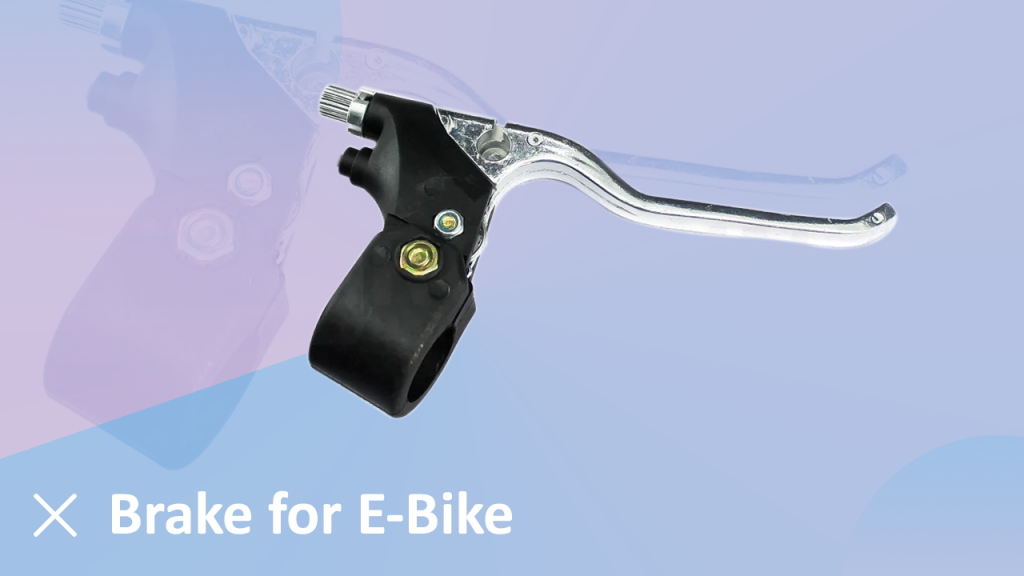
The second reason is to activate regenerative braking on the hub motor. It allows you to operate the motor switch from powering the bicycle to providing a smooth and steady braking force, with the braking energy going right back into charging the battery pack.
On the market, mechanical and hydraulic brake levers are readily available with built-in E-brake switch sensors.
PAS and Torque Sensors
It is also an optional component of an e-bike. In a throttle-assisted e-bike, you control the motor power with your hands, but a PAS (pedal-assist system) sensor or torque sensor allows the e-bike to be controlled from your pedaling.
Cadence PAS sensors are already installed on an existing crankset and send signals to the bike whenever you start peddling. The torque sensors usually require replacing the bottom bracket and measuring how hard you are pushing on the cranks.
E-bike Mechanical Components
Mechanical parts and features are used as the building blocks of an e-bike. It includes the sprocket, pinion, chain, and freewheel. Let's see the use of each one.
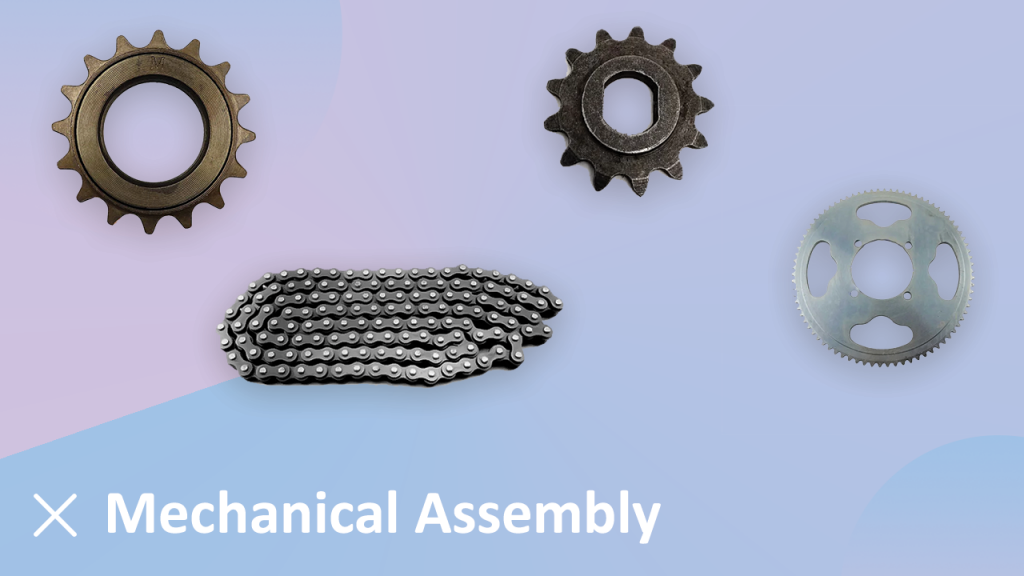
Freewheel- In an e-bike, the freewheel enables you to keep your bike pedals stationary or pedal backward while cycling. Freewheels are mounted on your rear wheel.
Pinion- The use of the rear motor and pinion gearbox combination provides harmonious riding comfort and low impact on the drive. Ideally, the propulsive effort of the rider is first transmitted through the central Pinion gearbox and then boosted as required by an electric motor.
Chain- It is a roller chain that transfers power from the pedals to the drive-wheel of an E-bike, thus propelling it. The chain ensures an efficient transfer of power, and due to this, the battery life will be extended.
Sprockets- They are rotating parts that have teeth. Torque can be transferred by using a sprocket in conjunction with a chain and another sprocket. In an E-bike, sprockets and chains are used to change the speed, torque, or direction of a motor, but for this, the thickness and pitch should be the same.
Final Words
I hope this article helps you understand the details of e-bike components. In case of any doubts, don’t forget to comment below. To learn more about e-bike technology, stay tuned with us!



